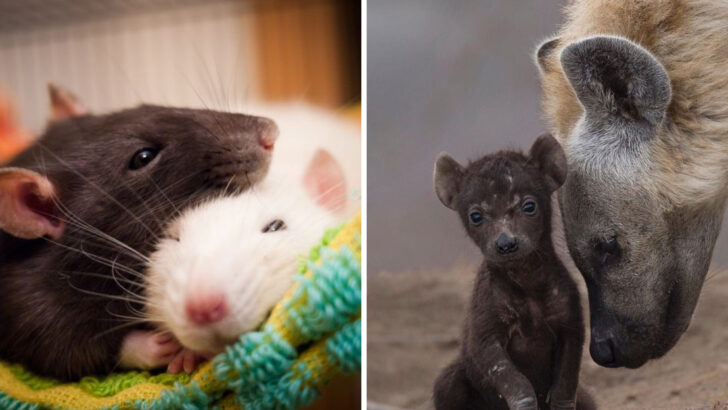Some animals just can’t catch a break.
They’re labeled as vicious, creepy, or just plain weird, all because humans don’t take the time to understand them. Sharks are seen as ruthless killers, bats get blamed for everything, and snakes? They can’t slither past without someone screaming. But what if we’ve been wrong about them this whole time?
Many of these so-called “dangerous” or “gross” creatures are actually gentle, intelligent, or even beneficial to humans. Some are shy, some are affectionate, and some are just trying to survive while we unfairly judge them.
It’s time to set the record straight. Here are 20 animals that people misunderstand the most—and the surprising truth about what they’re really like.
Sharks
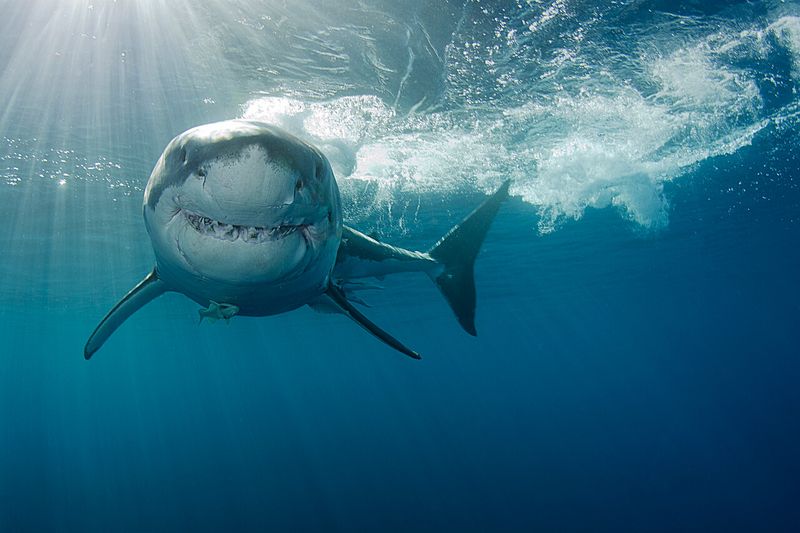
Sharks are often seen as mindless predators. However, they play a crucial role in marine ecosystems by maintaining species balance. This myth of being bloodthirsty beasts likely stems from sensationalized media portrayals.
In reality, most sharks are not dangerous to humans and attacks are rare. They are more afraid of us than we are of them.
Their true nature is that of guardians of the sea. Protecting these creatures is essential for ocean health. Appreciate sharks for their role as vital predators rather than villains.
Bats
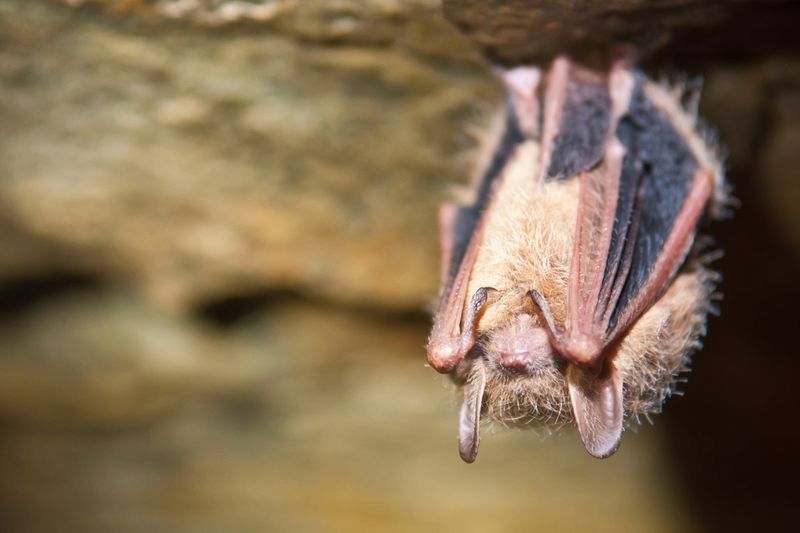
Bats have gotten a bad rap as harbingers of disease and darkness. Yet, they are incredible creatures with essential ecological roles. Many species are vital pollinators and insect controllers, which benefits agriculture and reduces pests naturally.
Despite their eerie appearance, bats are generally harmless to humans. The fear stems from myths and movies portraying them as vampires.
Understanding bats helps us recognize their value. These flying mammals deserve respect and protection, not unfounded fear. Next time you see a bat, remember its ecological contributions.
Wolves
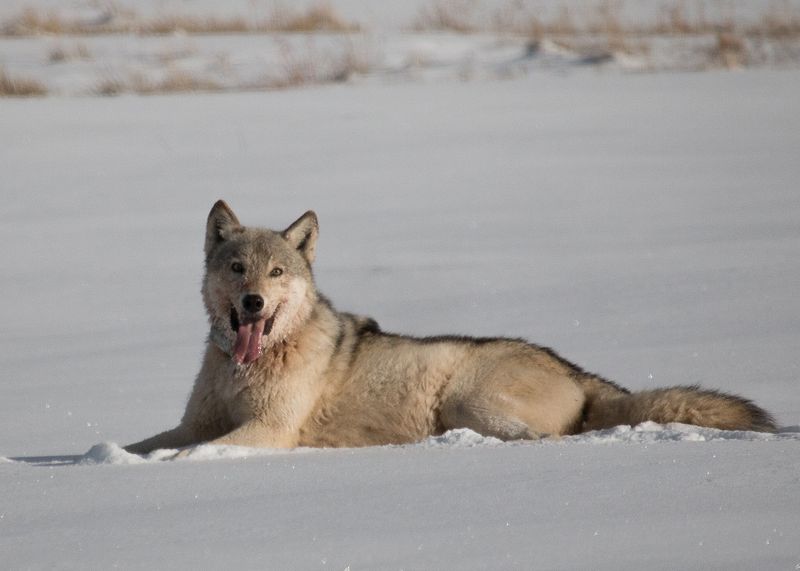
Wolves are often misunderstood as vicious predators. In reality, they are complex, social animals with strong family bonds. They play a key role in maintaining healthy ecosystems by controlling prey populations.
The fear of wolves is rooted in folklore and misunderstanding. In truth, wolves typically avoid humans and attacks are very rare.
Appreciating wolves requires understanding their ecological importance and social complexity. They are not the villains of the forest but rather stewards of balance. Protecting wolves ensures the health of many ecosystems.
Spiders
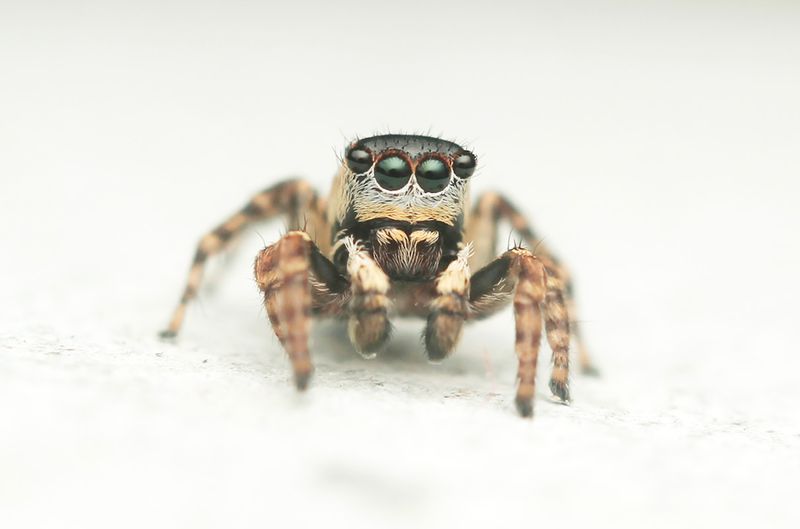
Spiders often evoke fear and disgust, yet they are beneficial arachnids. They control insect populations, reducing the need for chemical pesticides. This natural pest control is a boon for gardeners and farmers alike.
The fear of spiders, or arachnophobia, is widespread due to myths and urban legends. Most spiders are harmless and avoid contact with humans.
Recognizing spiders’ ecological roles can alleviate fear. They are not creepy invaders but allies in pest control. Embracing spiders can lead to a healthier environment and fewer pests.
Rats
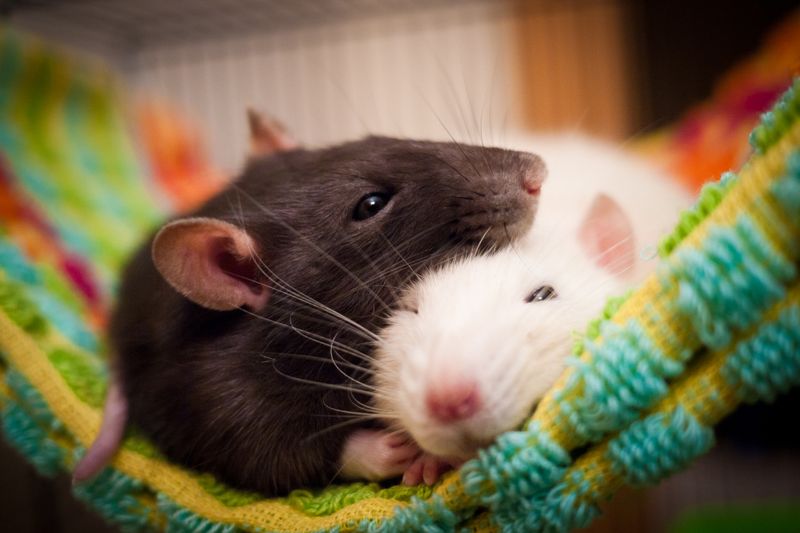
Rats are often seen as dirty pests, but they are intelligent and social creatures. Their reputation suffers due to associations with disease and urban infestations.
In controlled environments, rats are clean and highly trainable. They are popular in scientific research for their cognitive abilities.
Understanding rats’ intelligence and social nature can change perceptions. They are not merely urban nuisances but creatures with fascinating qualities. Appreciating rats can lead to better cohabitation practices and more humane treatment.
Hyenas
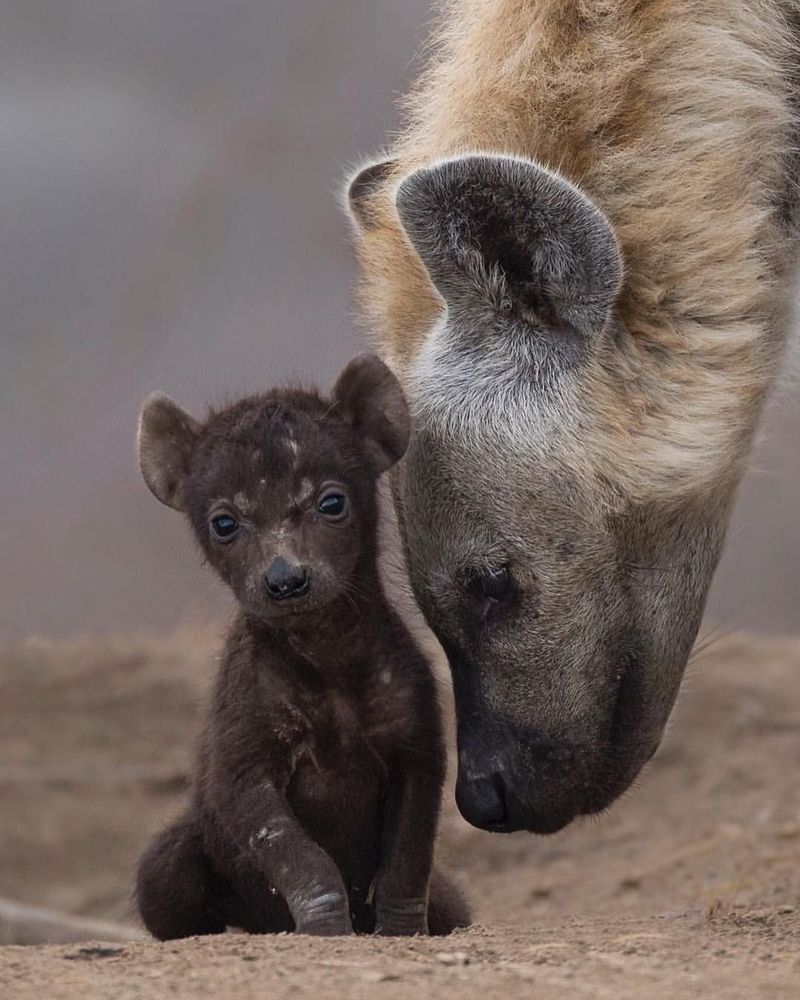
Hyenas are often depicted as cowardly scavengers, yet they are skilled hunters. They have complex social structures and contribute to the ecosystem by cleaning up carrion.
The negative perception of hyenas is fueled by portrayals in media and folklore. In reality, they play a vital role in keeping the environment clean.
Acknowledging hyenas’ true nature helps appreciate their ecological contributions. They are not just scavengers but important members of the animal kingdom. Protecting hyenas supports biodiversity and ecosystem health.
Owls
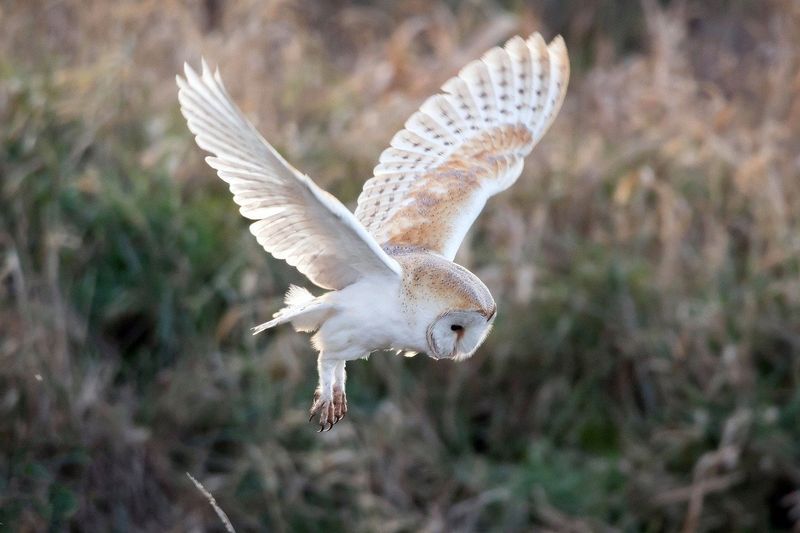
Owls are often associated with wisdom, but they are also viewed as omens in some cultures. These nocturnal birds are fascinating predators with incredible hunting skills.
The mystique surrounding owls can lead to superstitions. In truth, they help control rodent populations, benefiting human environments.
Understanding owls dispels myths while highlighting their ecological role. They are not mysterious harbingers but effective hunters. Appreciating owls fosters respect for their place in nature and the balance they help maintain.
Snakes
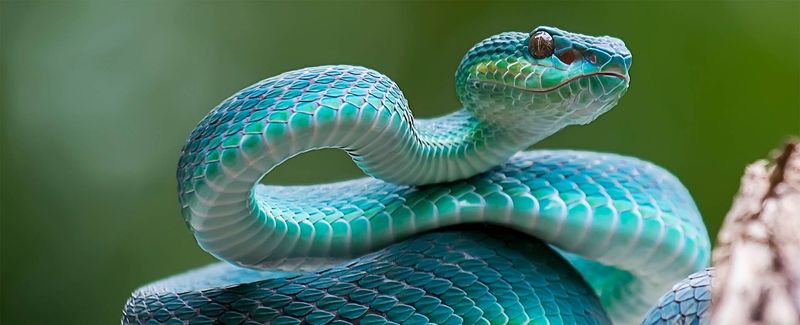
Snakes instill fear in many, yet they are vital to ecosystems. They control pest populations and provide food for other wildlife. The fear of snakes often arises from myths and a lack of understanding.
Most snakes are non-venomous and pose no threat to humans. They prefer to avoid contact and are more beneficial than harmful.
Recognizing snakes’ ecological roles can reduce fear. They are not dangerous monsters but crucial components of healthy ecosystems. Embracing snakes contributes to biodiversity and ecological balance.
Crows
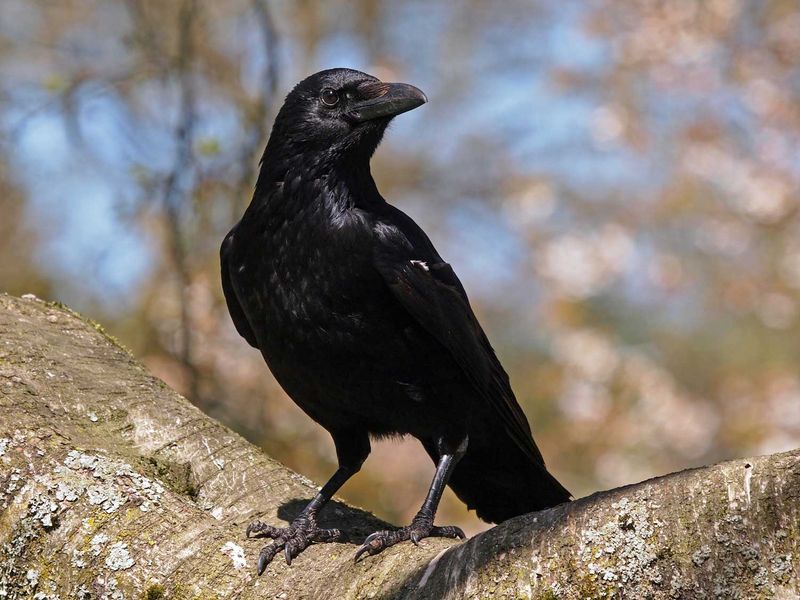
Crows are often viewed as ominous, yet they are intelligent birds with complex social structures. Known for their problem-solving skills, they are among the most intelligent bird species.
Misunderstandings about crows stem from their dark coloration and appearances in folklore. They play important roles in ecosystems as scavengers and seed dispersers.
Appreciating crows involves recognizing their intelligence and ecological contributions. They are not sinister symbols but fascinating birds with a lot to offer. Understanding crows can lead to a newfound respect for these clever creatures.
Vultures
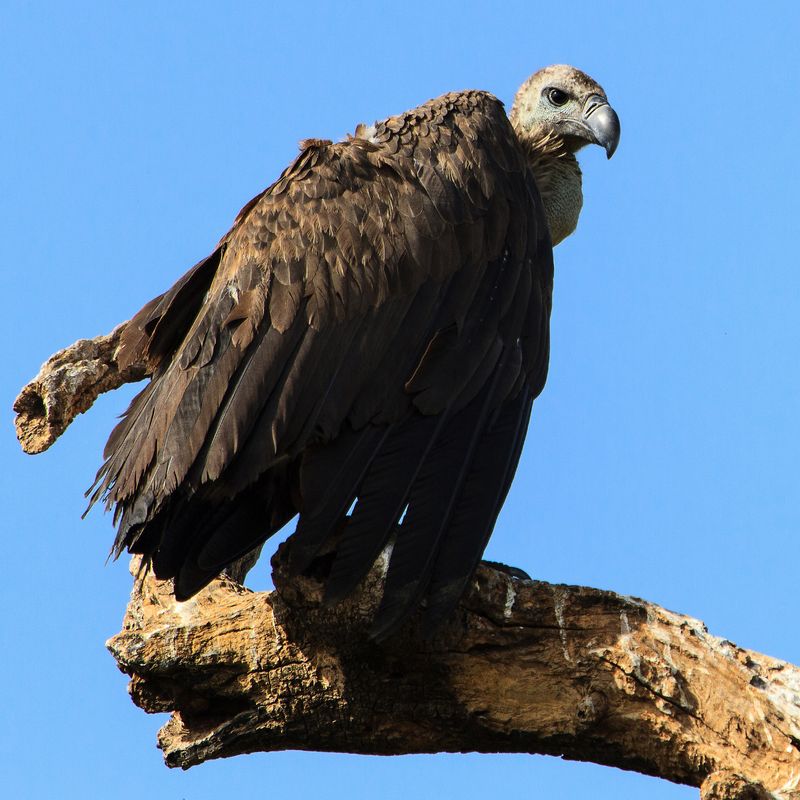
Vultures are often seen as grim scavengers, yet they are vital for ecosystem health. They clean up carrion, preventing disease spread and supporting ecological balance.
Their negative image comes from their association with death. However, vultures play an essential role in nature’s cleanup crew.
Understanding vultures’ ecological roles can change perceptions. They are not sinister creatures but necessary for environmental health. Protecting vultures supports biodiversity and prevents the spread of disease.
Bees

Bees are often misunderstood as aggressive stingers, yet they are crucial pollinators. Their work supports biodiversity and agriculture worldwide.
The fear of bees is often due to the pain of stings, but most bees are non-aggressive and only sting in self-defense.
Recognizing bees’ contributions to ecosystems can alleviate fear. They are not merely stingers but essential for food production. Protecting bees ensures pollination and biodiversity, benefiting both nature and humans.
Coyotes
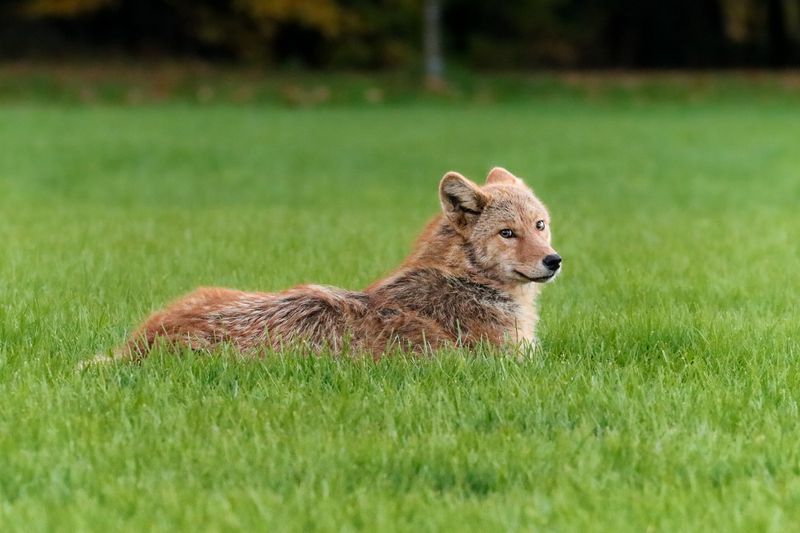
Coyotes are often seen as nuisances or threats, yet they are adaptable and vital to ecosystems. They help control rodent populations and maintain ecological balance.
Misunderstandings about coyotes arise from their presence in urban areas and occasional livestock predation.
Appreciating coyotes involves understanding their adaptability and ecological role. They are not just opportunistic predators but key players in many environments. Protecting coyotes supports ecosystem health and biodiversity.
Octopuses
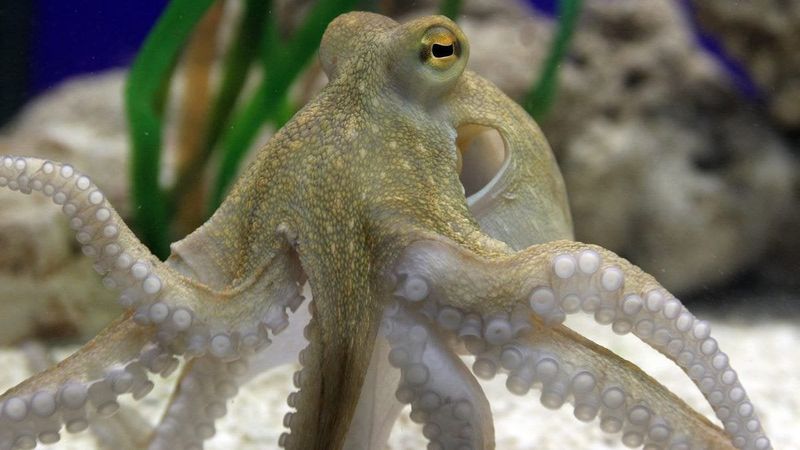
Octopuses are often misunderstood as alien-like creatures, yet they are intelligent and curious animals. Known for their problem-solving skills and adaptability, they are fascinating ocean dwellers.
The fear of octopuses may stem from their unusual appearance and behaviors. In reality, they pose no threat to humans and are more curious than dangerous.
Understanding octopuses highlights their intelligence and ecological role. They are not menacing marine monsters but intriguing creatures worth appreciating. Embracing octopuses enriches our understanding of marine life and biodiversity.
Pigeons
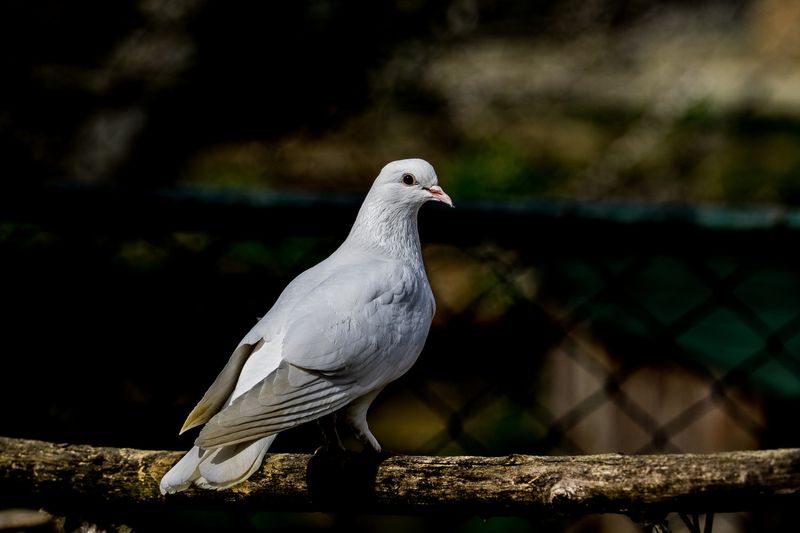
Pigeons are often seen as pests, yet they are intelligent and adaptable birds. Their reputation suffers due to their prevalence in urban areas and associations with mess and disease.
In reality, pigeons are clean birds and have been important to humans for centuries, including as messengers in wartime.
Understanding pigeons helps change perceptions. They are not just city nuisances but clever survivors with a rich history. Appreciating pigeons can lead to more humane urban wildlife management and coexistence.
Raccoons
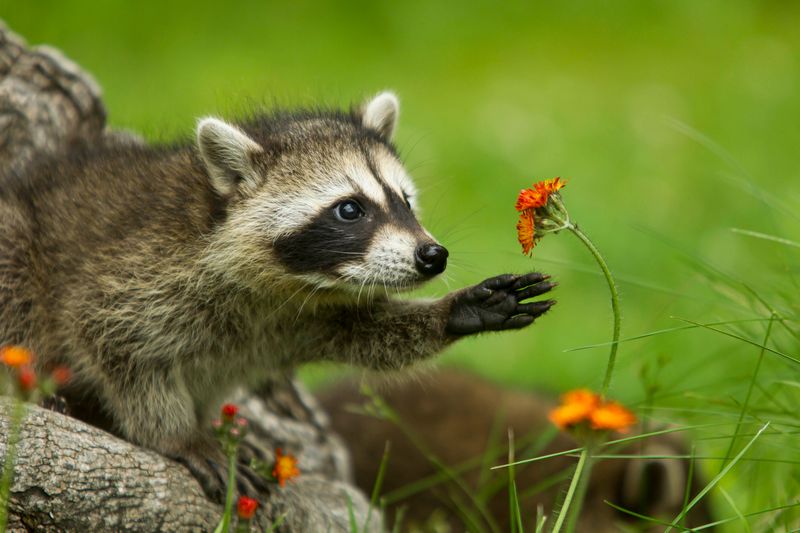
Raccoons are often seen as troublemakers, yet they are intelligent and adaptable mammals. Their reputation as pests stems from their opportunistic behavior in urban environments.
Despite their mischievous nature, raccoons play important roles in ecosystems by spreading seeds and controlling pests.
Recognizing raccoons’ intelligence and adaptability helps shift perceptions. They are not merely nuisances but fascinating creatures with important ecological roles. Understanding raccoons leads to more effective coexistence and appreciation of urban wildlife.
Jellyfish
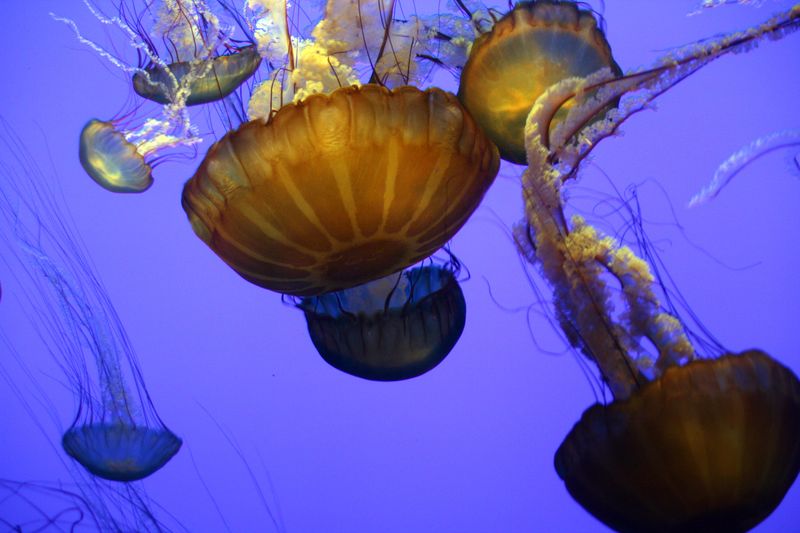
Jellyfish are often seen as simple, dangerous creatures, yet they are complex and vital to marine ecosystems. Their role in the ocean includes providing food for other animals and controlling plankton populations.
The fear of jellyfish arises from their sting, but most species are harmless to humans.
Understanding jellyfish helps appreciate their ecological importance. They are not mindless stingers but integral parts of marine life. Embracing jellyfish contributes to a better understanding of oceanic ecosystems and biodiversity.
Toads
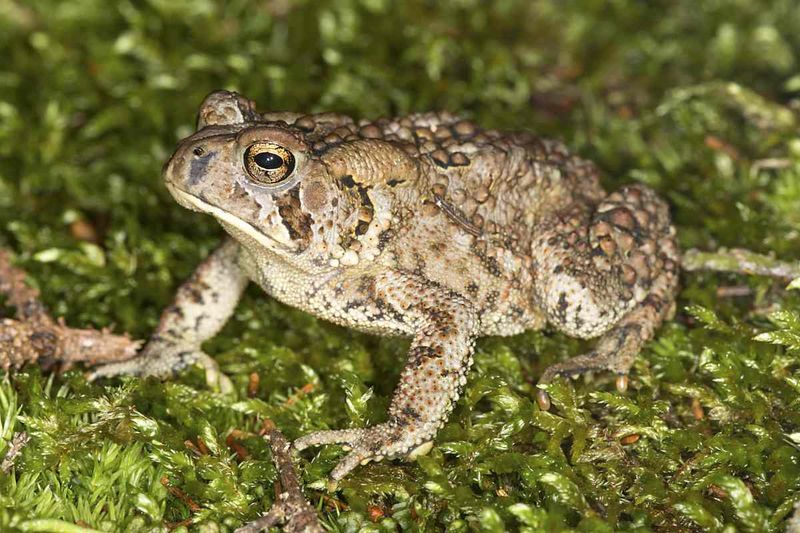
Toads are often seen as warty and unpleasant, yet they are important to ecosystems. They control insect populations, benefitting gardens and crops.
The misconception about toads comes from myths about their appearance and supposed toxicity. In reality, most toads are harmless to humans.
Recognizing toads’ roles in nature helps shift perceptions. They are not just ugly creatures but beneficial allies in pest control. Appreciating toads supports ecological balance and garden health.
Frogs
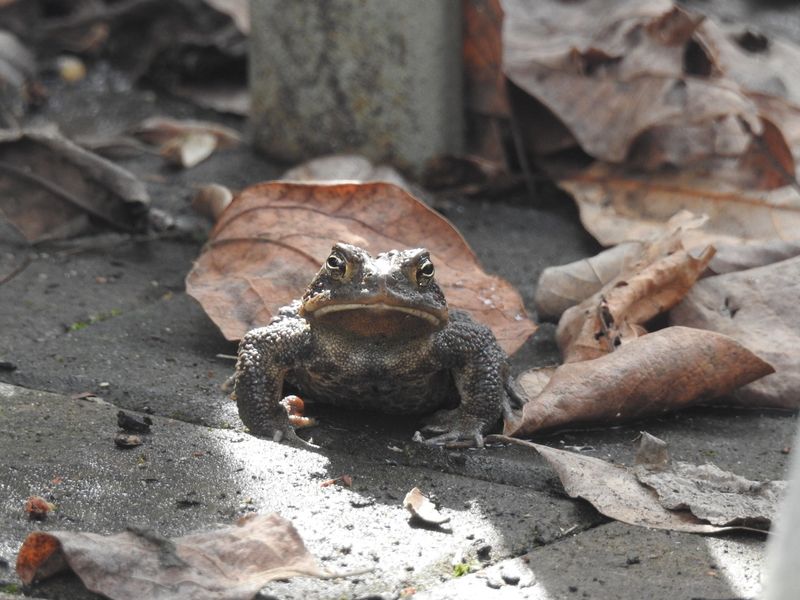
Frogs are often misunderstood as slimy and unpleasant, yet they are vital indicators of ecological health. Their presence signifies a balanced environment, as they are sensitive to pollution.
Fear of frogs comes from misconceptions about their skin and behavior. In reality, they are harmless and beneficial.
Understanding frogs highlights their ecological importance. They are not gross creatures but essential for monitoring ecosystem health. Protecting frogs supports environmental conservation and biodiversity.
Komodo Dragons
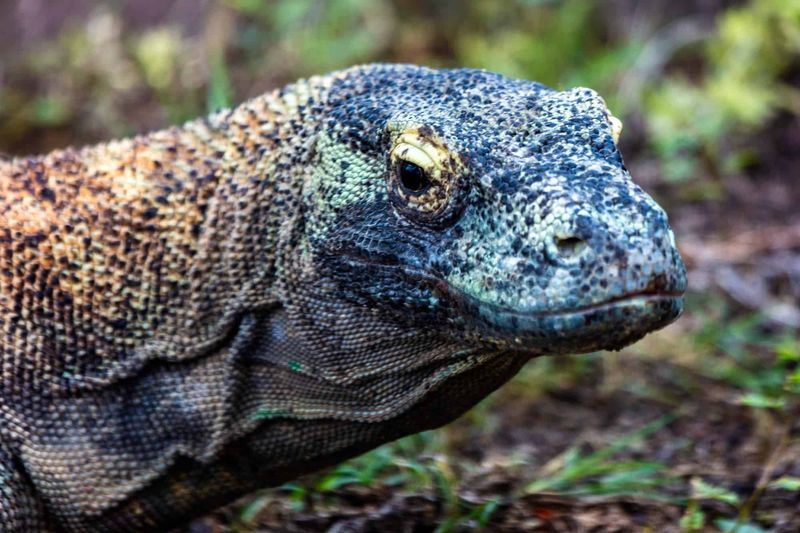
Komodo dragons are often seen as fearsome reptiles, yet they are fascinating and unique creatures. Known for their size and strength, they play crucial roles in their ecosystem.
The fear of Komodo dragons comes from their formidable appearance and predatory behavior. In reality, they are mostly solitary and avoid humans.
Recognizing Komodo dragons’ ecological roles helps appreciate their uniqueness. They are not just terrifying reptiles but vital parts of their habitats. Protecting Komodo dragons supports biodiversity and conservation efforts.
Lizards
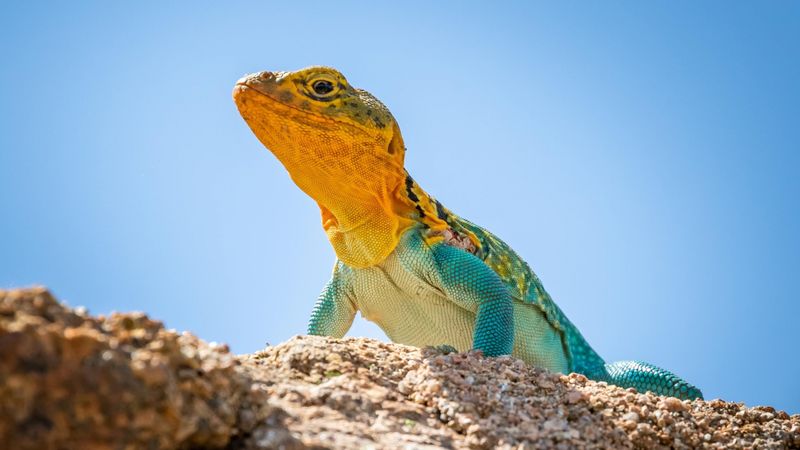
Lizards are often misunderstood as cold and creepy, yet they are essential to many ecosystems. They control insect populations and serve as prey for larger animals.
The fear of lizards comes from their reptilian appearance and rapid movements. Most lizards are harmless to humans.
Understanding lizards highlights their ecological importance. They are not frightening creatures but vital components of biodiversity. Embracing lizards supports ecosystem health and balance.

